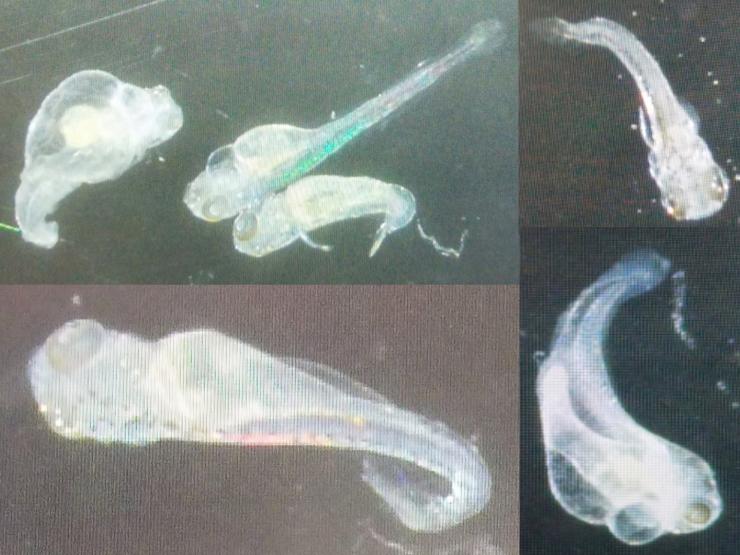Currently we have three main research areas and multiple projects within each area that are open for intelligent and inquisitive trainees to take on. The main research areas can be divided based on model organism used.
Zebrafish Model Organism

We have developed six transgenic zebrafish lines modeling SCA1. These lines contain different mutations in the toxic protein expressed either throughout the whole brain or only in motor neurons. The aim of this project is to determine if we can use zebrafish to study motor neuron biology and degeneration. Zebrafish afford many advantages over mice in terms of their amenability to live imaging, ease of setting up large drug and CRISPRi based screens and manipulation of gene expression both spatially and temporally.
Mouse Model Organism
The Orengo lab as generated a novel conditional mouse model for spinal cerebellar ataxia, type 1 (SCA1). In this mouse line we are able to turn on the toxic protein that drives disease in SCA1 in a specific cell type, with whatever Cre driver we can acquire. To date we have used Cre drivers to allow for expression of the toxic protein in only motor neurons, skeletal muscle and Purkinje neurons. Future, studies are focused on driving expression in glial cells supporting and interacting with motor neurons including astrocytes and microglia. In addition, we would like to do combination drivers, like motor neurons and skeletal muscle. In our motor neuron alone model we have transcriptomics data that is being mined to tease out molecular pathways involved in either causing or responding to the motor neuron degeneration.
Human iNeurons Models
This arm of the lab is in the earliest stages as we are testing and modifying published protocols on deriving motor neurons from human fibroblast samples. Dr. Orengo has access to a bounty of patients with rare genetic variants leading to or associated with motor neuron degeneration through his involvement in the BCM ALS clinic, his rare genetic variant Neuromuscular clinic and his role as a co investigator in the Undiagnosed Diseases Network.








